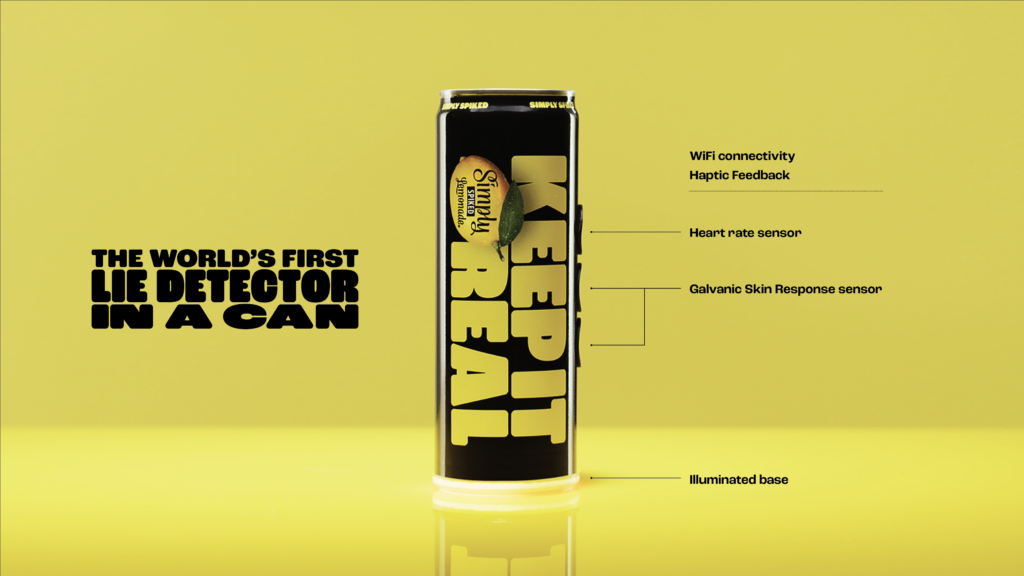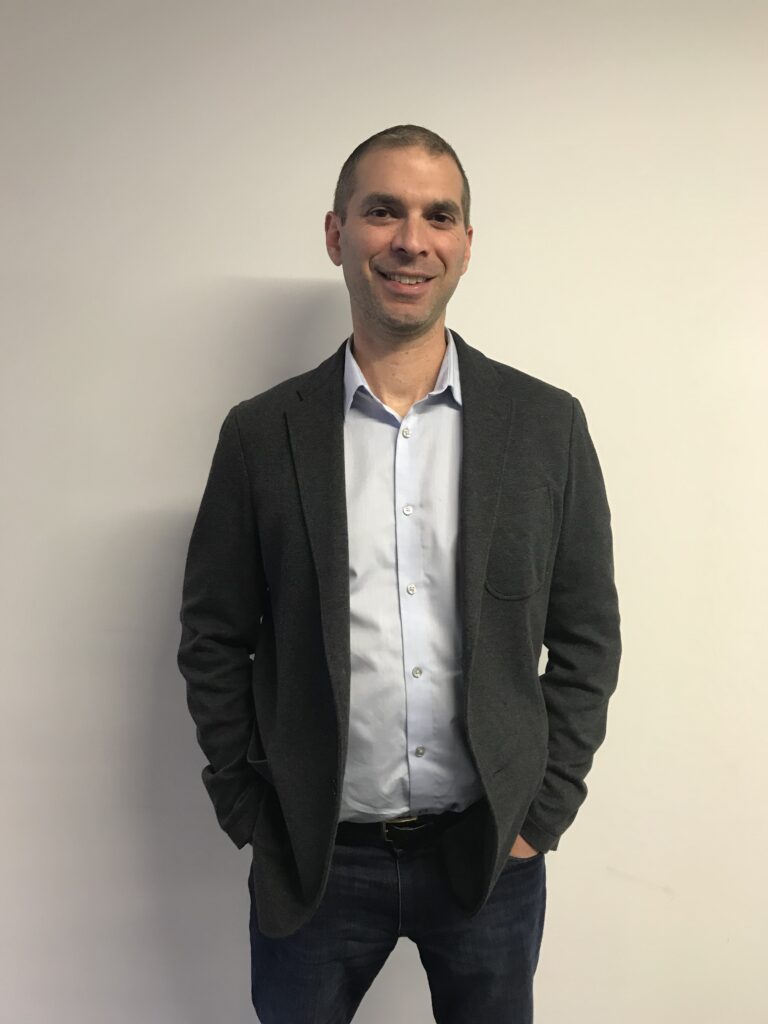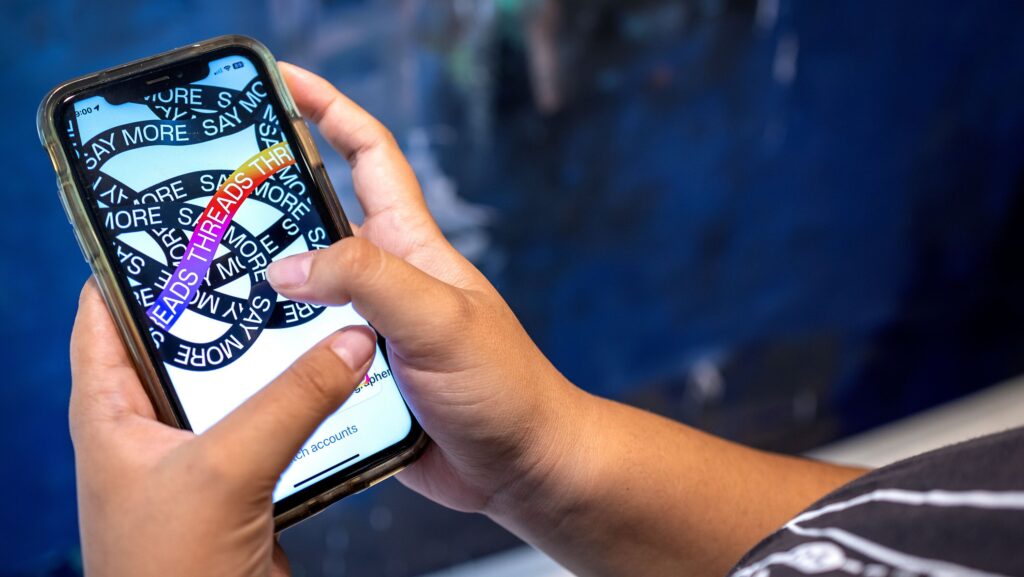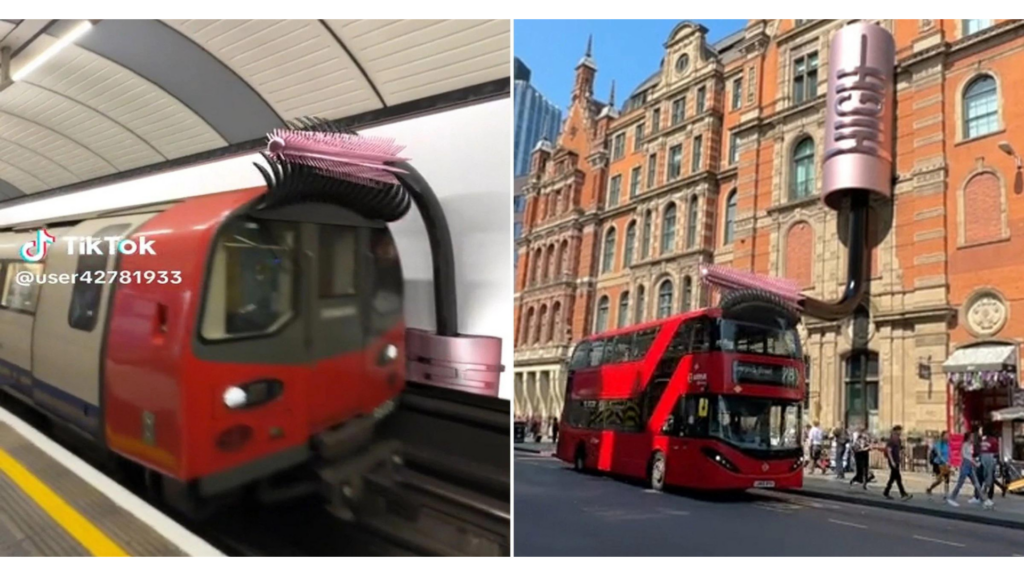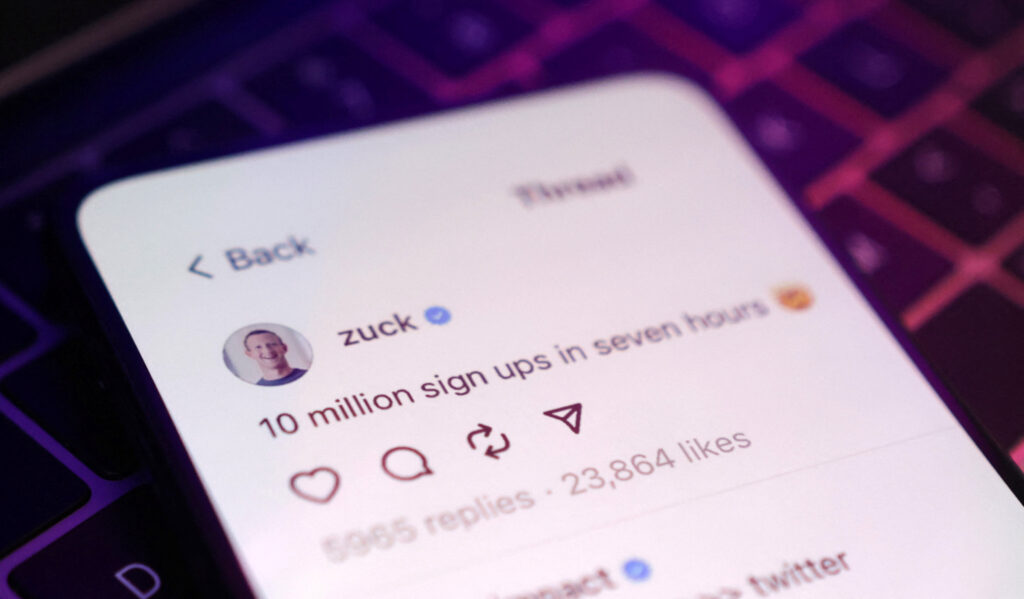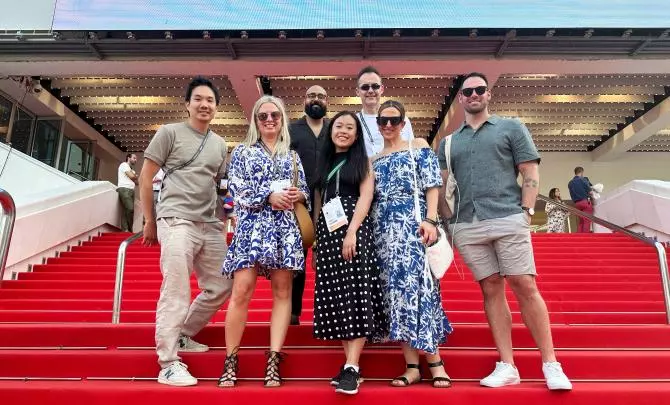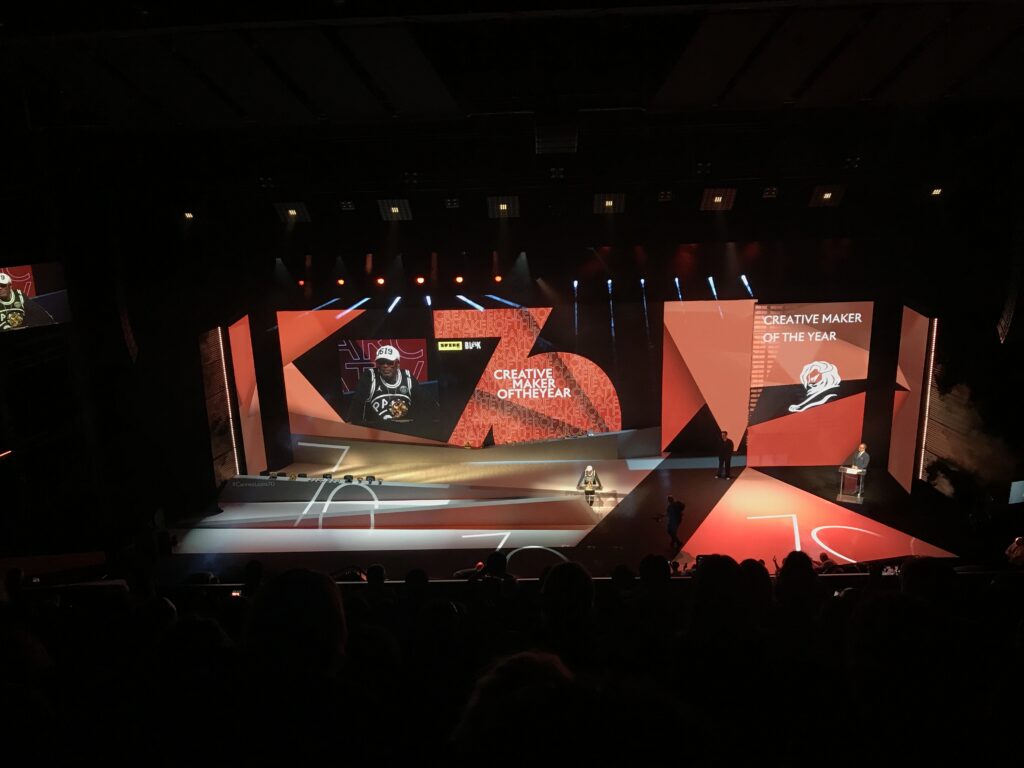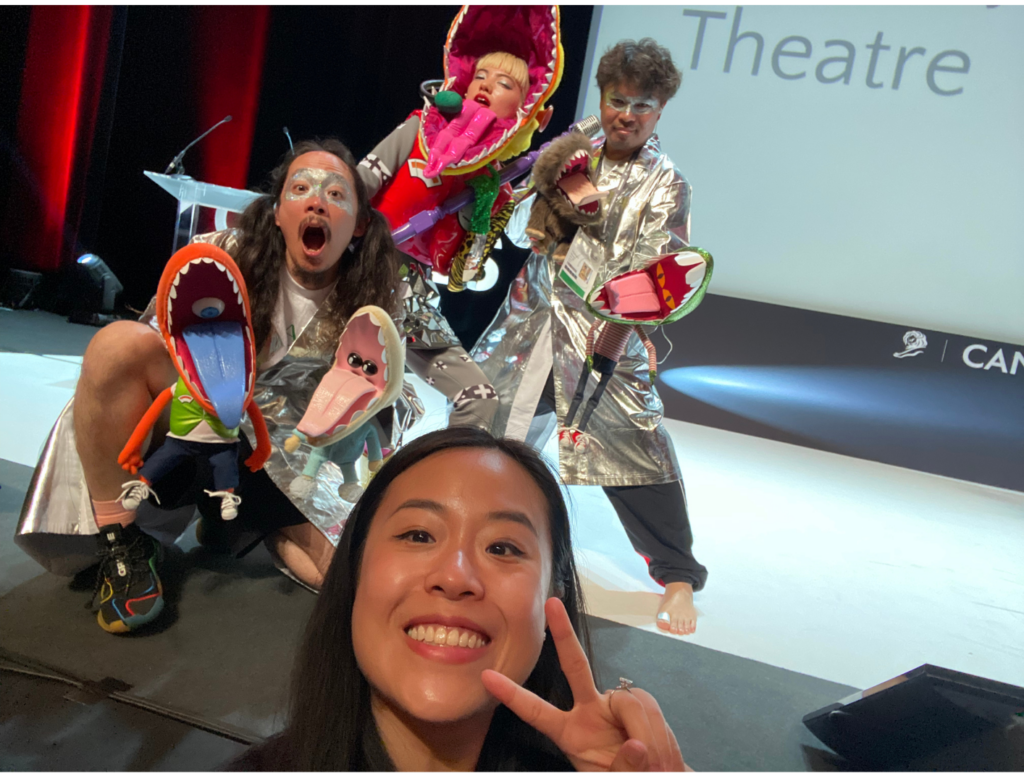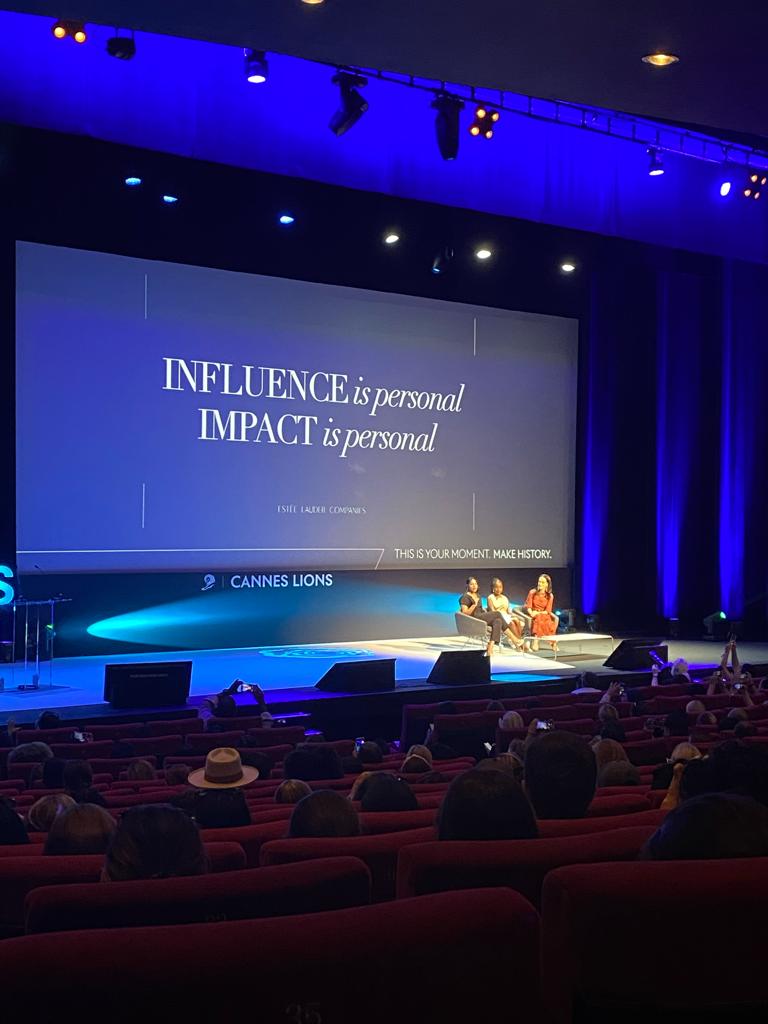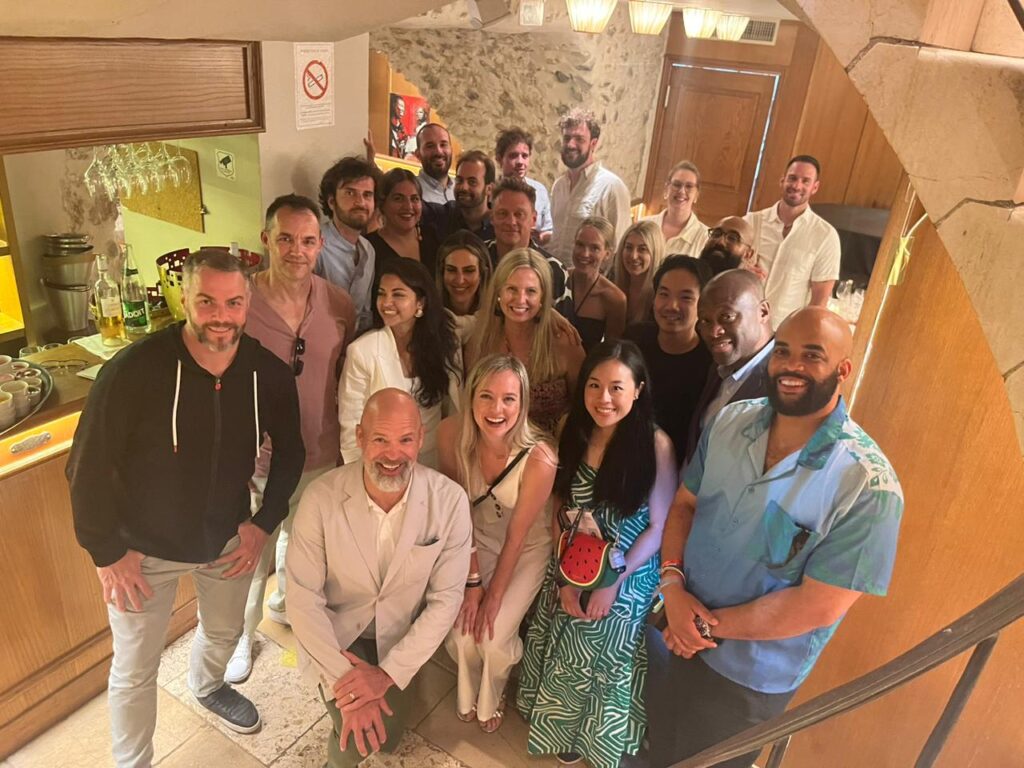I’ve accumulated over twelve years of experience in the PR industry, working with a diverse range of clients across various fields and industries. And in this time I’ve become well-acquainted with the intricacies of the job – from basic tasks to those demanding more advanced skills and strategic thinking. I’ve gained a profound comprehension of the PR landscape and what it entails. But when I sat down to share my perspective on stakeholder management, I had to take a moment to remember how it actually works. The reason is simple: stakeholder management is a skill no one can really teach you; you hone it over time.
As you progress in the realm of agencies, you’ll find yourself collaborating with an array of colleagues and clients. This immersive experience accelerates your personal growth, forcing you to learn about yourself and how to navigate diverse personalities (and temperaments!) and working methods. This undoubtedly nurtures your self-assurance and adeptness. You learn to infuse your own personal touch into work that’s influenced by your values and what you’ve learned along the way. Eventually, it evolves into intuition – a second-nature – seamlessly integrated into your daily tasks. Yet, this skill remains adaptable, continually expanding to accommodate novel personalities, generations and more. Here are some important lessons I’ve learnt in my own journey on the art of managing internal and external stakeholders.
1. Flexibility
Not all clients are the same nor do all internal teams work the same way. When dealing with stakeholders, it’s crucial to recognize that each one operates differently. Embracing their working styles, processes, expectations (and sometimes, even their moods) can help bridge gaps and foster a smoother collaboration. Accommodating clients’ communication preferences, whether they prefer emails, phone or chat, could be a good starting point. Another good way to show flexibility is in the way we build our client presentations or develop our collaborative tools. Clients don’t always share the same expertise, background, or experience which means we need to be mindful of the PR jargon we use or ensure it is gradually introduced to our clients so they have a foundational understanding of the terminology associated with what we do.
Flexibility also resides in adapting your leadership style to provide the appropriate level of autonomy and guidance. For instance, some team members may thrive with minimal supervision, while others require more guidance and support. It can seem challenging, but try to tailor your leadership style to specific accounts or team members and recognize when to be more directive or supportive. Allowing for flexibility in adjusting your team’s timelines and goals or delegating tasks and responsibilities based on your team members’ strengths and interests could also be great examples of flexibility. But most importantly, do frequent touchpoints with each one of them to make sure you continuously test and optimize your ways of working.
2. Relationship Building
Building robust relationships with clients, your own internal teams or other stakeholders is essential for long-term success. A positive relationship nurtures open communication, trust and a sense of partnership. This can lead to improved collaboration, swifter resolution of challenges and a greater willingness to support each other and go the extra mile. Some things I try to do as much as possible is to personalize my interactions with my team and my clients – I try to find common interests (restaurants, hobbies, travel) so we can engage in some small talk at the beginning of our calls and start to build a relationship in a genuine way. When you feel like you’re being pulled in both directions or stuck between a rock and a hard place, having a good relationship with your team, client or vendor can definitely help with those tough conversations, because they’ll know it comes from a good place.
BUT a very important caveat: you have to accept that it’s okay if you don’t have an amazing or easy working relationship with everybody. You don’t have to be personal with everyone either! Just stay authentic, be accessible, keep clients informed about project progress or potential challenges. As long as you keep things professional and keep the communication channels open, you’re doing a great job!
3. Transparency & Open Communication
We can all agree, transparency is the foundation of any healthy relationship. And it’s no different with stakeholders either! Try to be open about your organization’s goals, your expectations and limitations and share constant feedback with your teams and clients; this will automatically set the stage for clear understanding and open communication, and everyone will know where you stand. Furthermore, actively seek client feedback, listen to their suggestions, and be willing to make improvements based on their insights. This not only demonstrates flexibility, but also shows your commitment to client satisfaction.
I’m a strong believer in including all team members in all spheres and processes of our work. Whether in discussions, brainstorming sessions, meetings or problem-solving discussions, having the junior team involved is a great way to show them how much you acknowledge their expertise and value their input. Plus, let’s be real, two (or more) heads are better than one! Share information about changes in strategy, requirements, or potential challenges so you can all align your collective efforts and plan accordingly. When you have your entire team in the driver’s seat with you, there’s a greater sense of shared ownership and that’s how everyone learns. Your team members will see the mutual benefits – they will know they’re valued, their contributions are integral to the team’s success and, hence, be more likely to invest in the relationship you both have and go beyond the basic working requirements.
4. Tap Into Your Team’s Expertise
We may be experts in our field or become connoisseurs of our client’s business, but there are certain things that we don’t know – whether your client wants to explore new ways of measuring success or expand a certain side of their business, it is essential to tap into your team’s expertise to onboard additional experts that can help you in delivering successful results for your clients and your team.
The beauty at Citizen is that we have a wide range of experts we can count on. From EDI, to digital gurus, to creative minds and so on, leveraging the power of our international network has been critical for many of our clients who were looking for a truly integrated service. It’s also true for some of them who wanted to develop their business in different markets as they needed a fully bilingual team with boots on the ground to understand the language and cultural nuances.
It’s fantastic when great minds come together, but it can definitely feel like a crowd. As the account lead, ensure you foster a culture where collaboration and knowledge sharing are encouraged. Assign clear roles and responsibilities and make sure you all align on common goals and objectives as a team. And remember that at the end of the day, it all comes down to flexibility, relationship building, transparency, open communication and tapping into your team’s expertise. By following these basic principles, you’ll find yourself in a great place to foster productive and successful collaborations that will contribute to your organization’s – and your own – success!
About The Author:
Audrey Ann Laurin has more than twelve years of communications and marketing experience in a PR and ad agency environment, much of it in the fields of consumer goods, technology, lifestyle, and beauty. As a Director, she knows how to make the most of her knowledge and uses her passion to make her clients shine on the national stage.
Creative and determined, Audrey Ann is known for her attentiveness to detail and her ability to lead teams and accounts effectively to achieve the best results for her clients. Over the course of her career, she has honed her abilities in strategic planning, corporate and marketing communications, executive positioning and c-suite profiling, media and influencer relations, crisis management, event planning and social media management. Her energy, leadership, and listening skills make her a valued resource for both her colleagues and her clients. She is constantly on the lookout for the latest trends and the best ways to integrate them into her campaigns.







